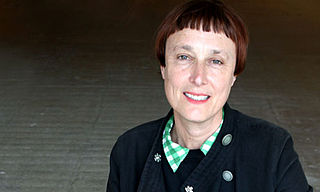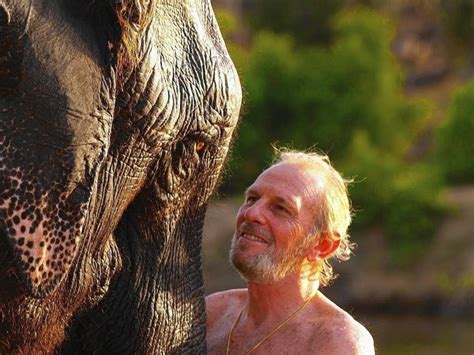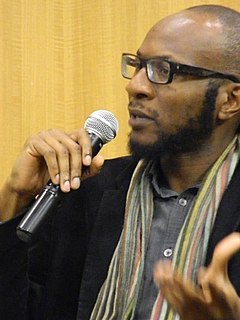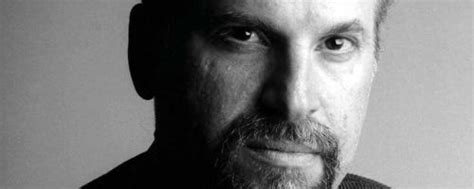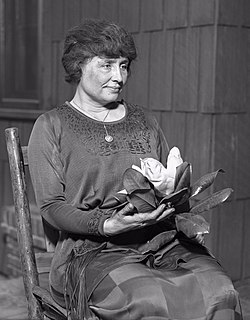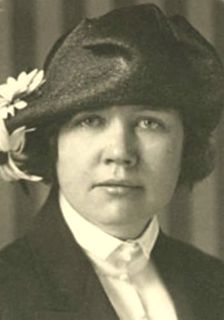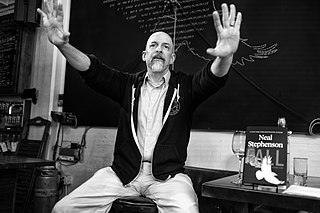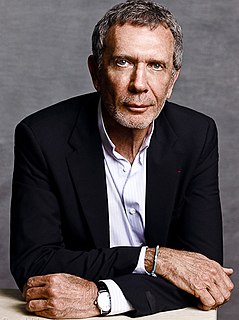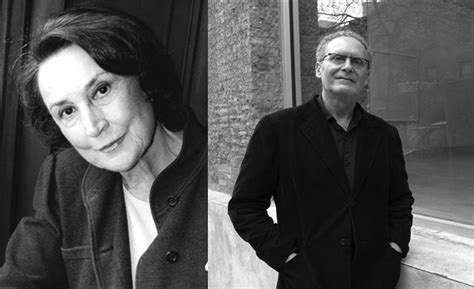A Quote by Cornelia Parker
I was selling bric-a-brac in Portobello and Camden Market. I love objects. But I was embarrassed by the idea of collecting, so I began using these things in my art.
Related Quotes
In a sense, Open City is a kind of Wunderkammer, one of those little rooms assembled with bric-a-brac by Renaissance scholars. I don't mean it as a term of praise: these cabinets of curiousities contained specific sorts of objects - maps, skulls (as memento mori), works of art, stuffed animals, natural history samples, and books - and Open City actually contains many of the same sort of objects. So, I don't think it's as simple as literary inclusiveness.
Houses are the abiding joys; they are the most emotion-stirring of all things. An automobile is regarded with fond affection, a typewriter becomes the inseparable companion, clothes can stir sentimentality, and the bit of bric-a-brac is a toy one would weep to see torn away - but houses are real, deep, emotional things. How much excitement in the cutting of a window, what enormous importance in the angle of a roof!
An old market had stood there until I'd been about six years old, when the authorities had renamed it the Olde Market, destroyed it, and built a new market devoted to selling T-shirts and other objects with pictures of the old market. Meanwhile, the people who had operated the little stalls in the old market had gone elsewhere and set up a thing on the edge of town that was now called the New Market even though it was actually the old market.
That's what I like about the idea of the aesthetic experience, the idea of both enjoying looking at works of art and how they kind of talk to you, and also the process of making art, getting back to that idea of the aesthetic experience of making art is very important, It's another way of thinking. Instead of just using your brain, you're using your hands to think with. They're different connections, the brain that comes through the fingertips as opposed that comes through the eyes and ears.
